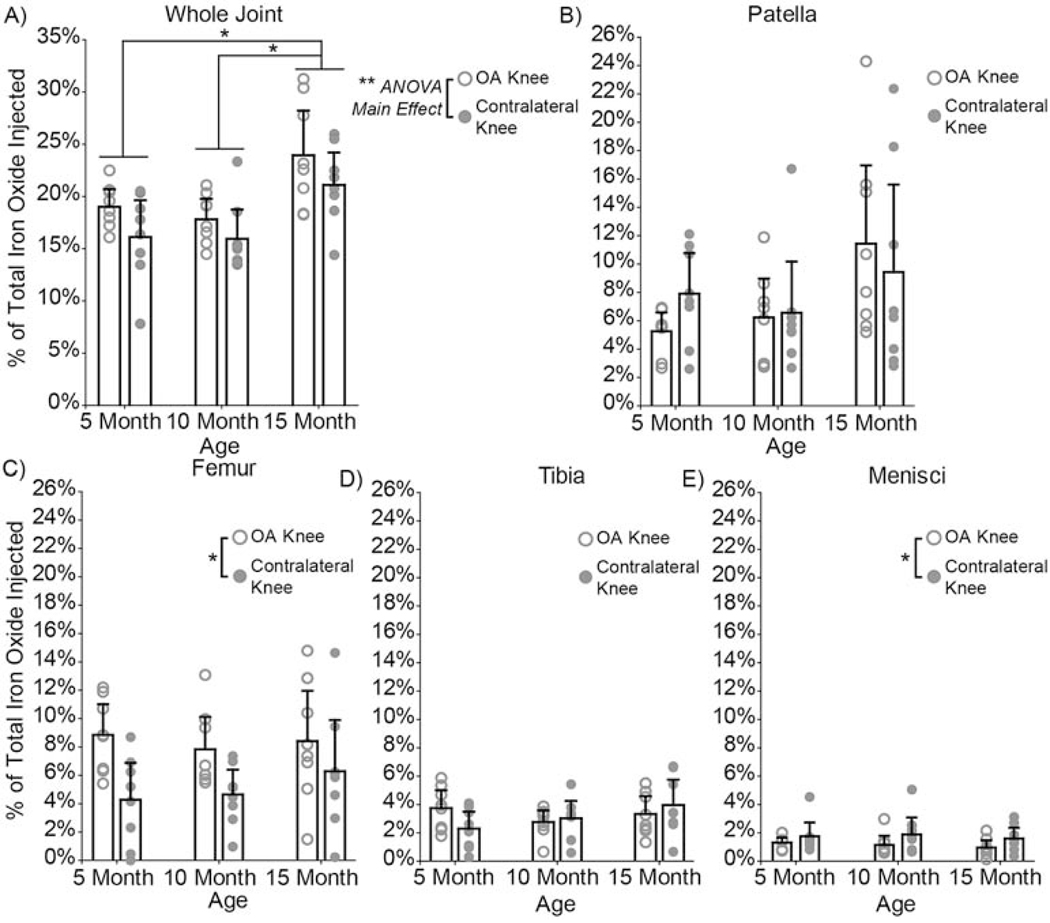Fig. 8: Composite nanoparticle distribution in OA and contralateral knees and joint tissue regions quantified using EPR spectroscopy.
A) After 14 days, 15-month rats had significantly more nanoparticles in their knees than the 5-month (p = 0.002) and 10-month (p = 0.0004) rats. The 15-month rats had a total of 45.3% of the particles retained in their knees, whereas the 5- and 10-month rats had 35.3% and 34.0% respectively. Significant differences were found in nanoparticle distribution in OA and contralateral knees (p = 0.02, ANOVA, main effect), with more nanoparticles remaining in the OA knee. Nanoparticle distribution in the whole joint was further analyzed to determine nanoparticle accumulation in each tissue region. Most nanoparticles distributed to the patella/fat pad region B), followed by the femoral tissue region C), the tibial tissue region D), and lastly the menisci E). Age was a significant factor for nanoparticle accumulation in the patella/fat pad region (p = 0.04, ANOVA, main effect). Whereas, disease played a significant role in particle accumulation in the femoral tissue (p = 0.002) and the menisci (p = 0.04). No differences were found for the tibial tissue region. Bar graphs represent mean + 95% confidence interval. (2-column fitting image)

